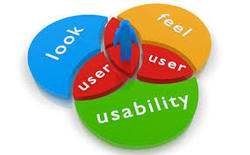
Schedule a Usability Test
If you want your organization to succeed, and you want to improve the quality of your information, consider scheduling a usability test with participants that will offer insight into your publications or information systems. The results of the test should help you determine the areas of your information and design that need to be improved. It can help establish what works and what doesn’t work. Web usability testing is the most common type of usability test, that is usability testing of a website. Any type of document or information system can be put to the test, however, internal or external. A consultant that is familiar with usability testing can test for these issues.
The Era of Responsive Design
User design has become a major development over the years in websites, applications and other information systems. The idea is to make information as easy and intuitive to understand and access as possible. Two terms have developed in this field: User interaction (UI) and User Experience (UX). UI refers to the usefulness of an application or site’s functionality as it relates to the user, and user experience refers to the form or design aspects that help the user locate information or appreciate the visual quality of the content. Usability testing can help determine if your UI/UX should be improved and how.
Eye Tracking
Eye tracking, believe it or not, has been employed as a way of studying usability for decades. Google uses eye tracking to study the interaction between a user and their behavior on a webpage to determine the best way to serve ads to users online. Eye tracking works by providing a heatmap that can visually display user behavior, such as where their eyes spent the most time observing elements on a page. This data is important for organizations to understand where their users are going on their websites or other documents and how they are interacting with them. Most of the content in the right-hand column of many pages, for example, is often unnoticed or less noticed than content on the left, or at the very top of the page. Users spend very little time attempting to locate data online. On mobile devices, the time frame is even shorter. You must catch the user’s attention immediately, literally.
Information Context and Logic
Information should have context and proper logic if anyone is ever expected to try to understand it. Usability testing can help make sure that information is not only relevant and useful, but that its context and logic follow guidelines on how content should be created and implemented.
The information itself has to be of good quality to start with. Bad information tends to be ignored, especially in today’s culture of fast-paced computer-based interactions. The metrics for usability should not stop at the screen. In other words, it’s not all just about design. Design must be handled appropriately, but information quality, context and logic are just as important because that is the treasure inside the packaging that the user expects to acquire.
Information must follow logical order in terms of navigation, themes, key ideas, narration, order of operations, etc. These elements are extremely important to users who have expectations of how information should be presented to them. Their assumptions should guide your inspiration for method and mode of delivery.
Maintain Reputation and Trust
A part of usability that is rarely discussed is trust and reputation. These are important factors as digital technology becomes involved in nearly all facets of life today. Now, Google, the largest search engine and search enterprise, rewards websites with better search rank if they have a Secure Sockets Layer (SSL) certification. That shows you how important this has become. The Internet is threatened by criminals and others who are making legitimate business difficult with their scams.
Getting a SSL certificate is one way to maintain your security, reliability and reputation. It also will build some trust. Using sub-domains rather than an actual primary domain for your company is another reason users will not trust your business. Your business should have its own domain. Company information like addresses, phone numbers, staff names, company biographies and author biographies also help reinforce trust.
Other Elements for Usability
Information architecture is important for usability. One important element is page outline and mechanics. Users like to see information laid out on the page very organized and clear, so they can index the information for what they need and ignore what they don’t (immediately) need. Breaking content up into clear titles/subtitles, callout boxes, bulleted or numbered lists and other page design elements will improve the quality of your information and if it is hosted on a public website, it will even rank higher in Google and other search services.
Social media is also become part of the usability process. Is content easy to share online?
Also, examine the content’s links and other elements for consistency and clarity. Approach each element with a cautious editor’s eye to make sure that the elements are working as much to the user’s advantage as possible.
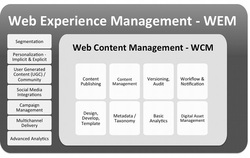
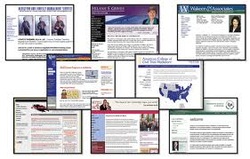
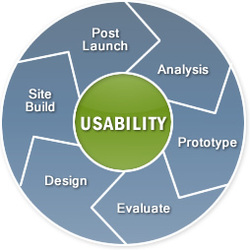
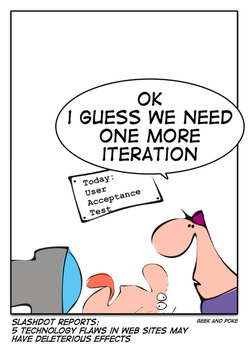

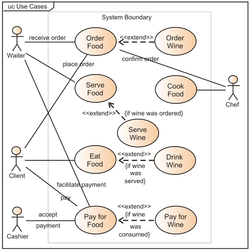

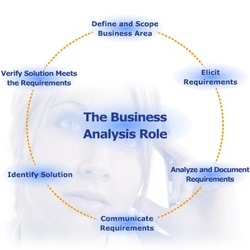
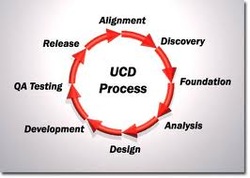
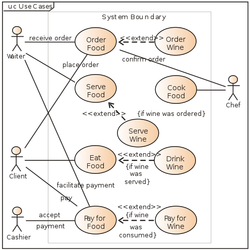
 RSS Feed
RSS Feed
